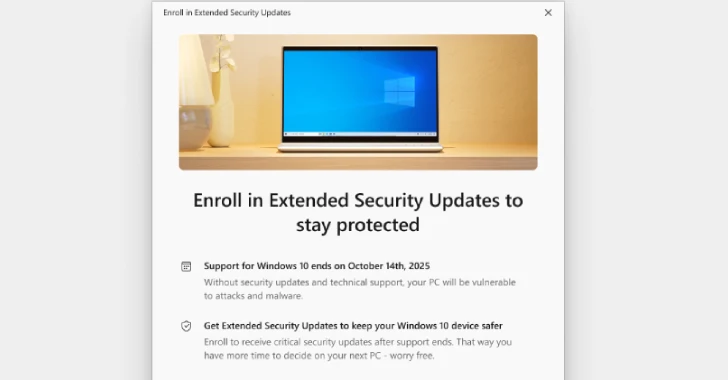HijackLoader, also known as IDAT Loader and GHOSTPULSE, is a sophisticated malware loader first identified in 2023. It has recently undergone significant enhancements, incorporating advanced modules designed to evade detection and analysis by security systems. This evolution underscores the increasing complexity of modern cyber threats and the continuous adaptation of malware to bypass defensive measures.
Modular Architecture and Recent Enhancements
HijackLoader’s modular design allows threat actors to dynamically update its capabilities by integrating new modules. These modules focus on various functionalities, including configuration management, security evasion, and code execution. Recent analyses have revealed the addition of sophisticated anti-detection features, such as call stack spoofing, anti-virtual machine (VM) checks, and persistence mechanisms through scheduled tasks. These enhancements demonstrate the malware’s progression towards more complex evasion tactics aimed at thwarting detection and analysis.
Call Stack Spoofing: Concealing Malicious Activity
One of the most notable additions to HijackLoader’s arsenal is the implementation of call stack spoofing. This technique effectively conceals the origins of API and system calls by manipulating stack frames. By replacing actual return addresses with addresses from legitimate system DLLs, the malware makes it challenging for security tools to identify suspicious function calls. This method specifically targets critical native system APIs, including ZwCreateSection, ZwMapViewOfSection, ZwProtectVirtualMemory, and ZwWriteVirtualMemory. After executing these operations, HijackLoader restores the original return addresses, leaving minimal traces of its activity.
Anti-VM Checks and Persistence Mechanisms
In addition to call stack spoofing, HijackLoader employs anti-VM checks to detect analysis environments. By identifying virtualized environments commonly used by security researchers, the malware can alter its behavior or terminate execution to avoid detection. Furthermore, HijackLoader establishes persistence on infected systems through scheduled tasks, ensuring that it remains active even after system reboots. This persistence mechanism enhances the malware’s resilience and longevity on compromised devices.
Distribution of Multiple Malware Families
HijackLoader serves as a conduit for delivering various malware families, including Amadey, Lumma Stealer (also known as LummaC2), Meta Stealer, Raccoon Stealer V2, Remcos RAT, and Rhadamanthys. These payloads are capable of data collection, credential theft, and providing remote access to compromised systems. The loader’s ability to distribute multiple types of malware underscores its versatility and the significant threat it poses to cybersecurity.
Evasion Techniques and Security Implications
The latest version of HijackLoader incorporates several sophisticated evasion techniques:
– Avoidance of Inline API Hooking: By bypassing common detection methods used by security software, the malware evades inline API hooking.
– Windows Defender Exclusion: HijackLoader adds exclusions to Windows Defender antivirus, reducing the likelihood of detection.
– User Account Control (UAC) Bypass: The malware successfully bypasses UAC, allowing it to execute with elevated privileges without user consent.
– Process Hollowing: This technique involves injecting malicious code into legitimate processes, making it difficult for security tools to detect the malware’s presence.
These evasion strategies highlight the malware’s advanced capabilities and the challenges faced by cybersecurity professionals in detecting and mitigating such threats.
Indicators of Compromise (IOCs)
Security researchers have identified several IOCs associated with HijackLoader, including specific IP addresses, file hashes, and URLs. These artifacts are dynamically updated with new public analysis sessions on platforms like ANY.RUN, providing valuable information for threat detection and response.
Conclusion
The continuous evolution of HijackLoader, marked by the integration of advanced evasion techniques and modular enhancements, underscores the need for multi-layered security approaches. Organizations must remain vigilant, employing comprehensive detection and response strategies to combat such sophisticated threats. Staying informed about the latest developments in malware tactics is crucial for maintaining robust cybersecurity defenses.


